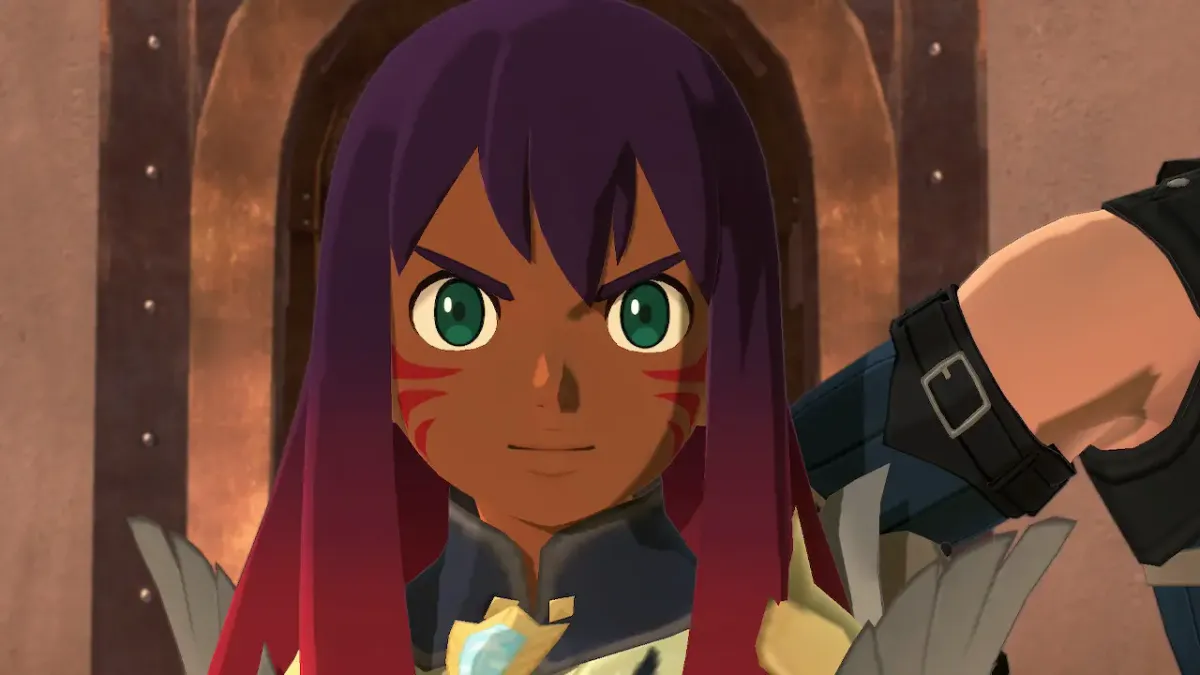
While most people have an adversarial relationship with monsters, there exist several communities throughout the world who live in harmony with the beasts. These Riders raise Monsties as companions and protectors in a mutually beneficial relationship. Players take the reins of a new Rider, the grandchild of Red – one of the greatest Riders to ever live. When investigating a strange disturbance in your village’s forest shrine, a mysterious Wyverian girl gives you a strange Rathalos egg. She informs you that the creature inside will either bring the world ruin or salvation, and as Red’s descendant you just might be able to control the Rathalos. Pursued by hunters, you have to learn to work with your Monsties to discover the truth behind the Wings of Ruin.
The Monster Hunter franchise is on the rise after the massive success of both Monster Hunter World and Rise. More people than ever are enjoying hunting massive beasts to create new gear to hunt even bigger, more ferocious creatures so now’s the perfect time to really hook that audience with a few spinoffs. Monster Hunter Stories is basically the series’ Pokemon equivalent – you raise monsters to help you explore the world and battle other monsters. It’s safe to say the 2017 3DS game wasn’t very successful in the sales department with the Nintendo Switch releasing the same year. As one of the few people who played it, it was a fun translation of mechanics from the main series into a charming turn based RPG. It certainly had room to grow as a sub-series, specifically in the realm of end-game content. However, as mentioned before, people just didn’t buy the game due to a lack of marketing, people moving on to the Switch, and many other reasons. With all this in mind, I was delighted to see Stories get a second chance in the form of Monster Hunter Stories 2: Wings of Ruin with Capcom and Nintendo promoting the game hard with crossovers and a demo. Let’s see if this is a story worth telling.
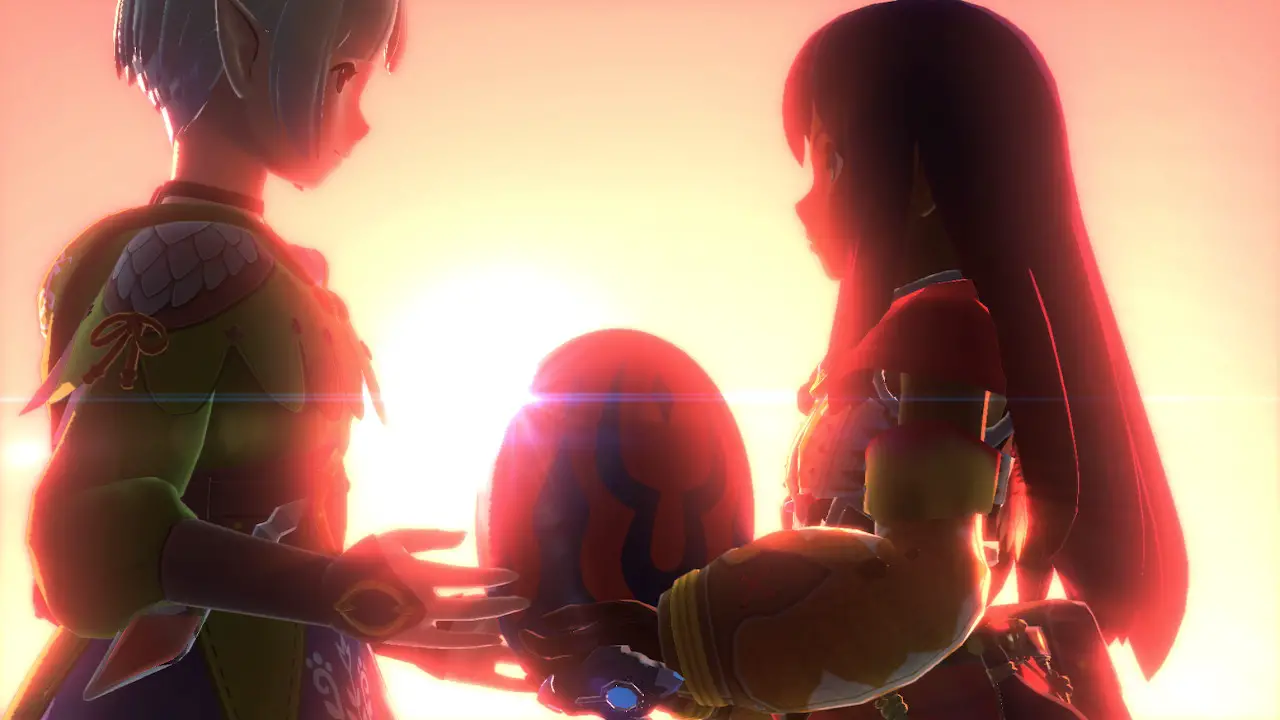
Battles in Stories follow the Rock Paper Scissors formula. You have three types of attacks: Power, Speed, and Technical. These are colored Red, Blue, and Green respectively with Power beating Technical which beats Speed and so on. Monsters aren’t weak to these attacks, instead they have a tendency to use one type over the others. If you and a monster both attack each other in the same turn, you’ll engage in a Head to Head with the winner determined by this Rock Paper Scissors dynamic. Whoever comes out on top in this clash will deal more damage and take less in the exchange, so you need to observe your opponent’s patterns and correctly predict their next move to live to fight another day.
You’ll also have to learn the habits of your own Monsties: while you can control your character’s actions in battle, the Monstie you fight alongside is controlled by the AI. Every monster has a favored type of attack, but they can deviate or change things up whenever they choose to do so. Sometimes your Monstie will correctly predict a changeup in the enemy’s pattern, and other times they’ll just decide to get their butt kicked that turn. If you or your Monstie would win in a head to head that turn and your counterpart joins in with the same attack type, the two of you will perform a double attack and completely cancel your target’s turn. You need to work together to stand a chance, and this is where Stories’ most important mechanic comes in: Kinship.
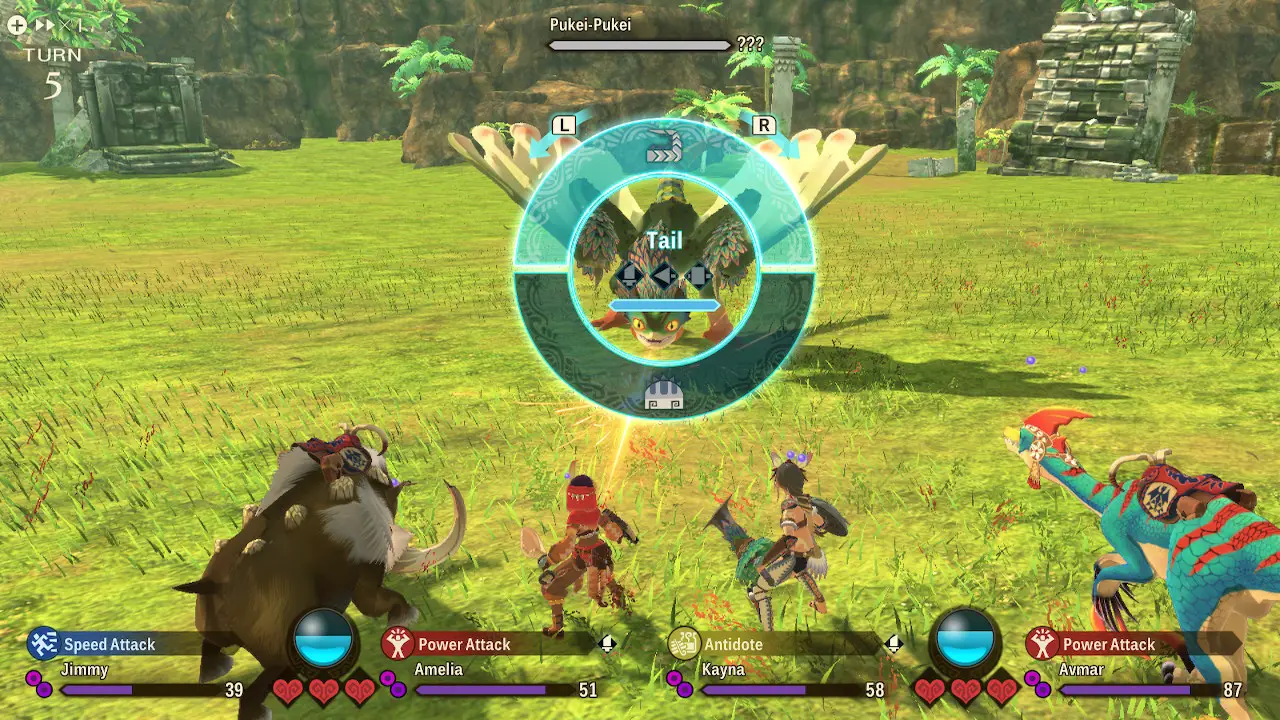
As you fight alongside your Monstie, their Kinship gauge will slowly fill up. You can spend Kinship to use special skills either with your Rider or their Monstie, and once filled you can mount your Monstie. While mounted, you control your Monstie directly and can deal a ton of damage winning head to heads. However, taking enough damage or losing a certain amount of head to heads will knock you off, so before that happens you’ll want to use your special Kinship attack which will deplete the meter and end the Riding state. This really makes it feel like you and your Monstie are a team working together rather than just ordering it around and being told it loves you because you fight alongside one another to accomplish things neither of you could alone.
While there are several times where choosing to trust my Monstie’s change in attacks paid off, there were many more which got both of us defeated. As stated before, you can use Monstie skills by spending Kinship, but that only applies to skills: you can’t tell them to use normal attacks. While this is frustrating if, for example, your Rathalos has an elemental advantage using fire over an enemy using ice, it’s usually better to swap them out for another Monstie who will use the attacks you want by pressing Y. Since Monsters will change up their attacks when they become enraged, you’ll need to do this pretty frequently. Upon defeat, Monsters will drop materials used to make new gear and you’ll get more materials based on how well you did in the battle. You can get points by winning head to heads and riding your Monstie, but the best way to guarantee specific material drops is, much like the mainline games, by breaking Monster parts.
On top of all the mechanics we’ve discussed thus far, your Rider can bring three weapons into battle with them swapping them in and out as needed. There are six types of weapons with each pair forming one of three types: slashing, piercing, and blunt. Greatswords and Sword and Shield form the slashing duo, the Bow and Gunlance make up piercing, and finally the Hammer and Hunting Horn are your Blunt types. Ideally, you want one of each type in your arsenal because every monster and monster part is weak to one of these damage types. On top of simply dealing more damage with the right type, they’ll make it easier to break a monster’s horns or sever their tail to guarantee material drops and stop them from using certain types of attacks. There’s a lot to keep track of here, but managing so many mechanics makes every battle demand your full attention, which works both to the game’s benefit and disadvantage.
At first, it’s nice to have every battle require so much thought and specific execution, but around the middle of the game some tedium begins to settle in. There are no random encounters, but you’ll enter a battle every few seconds all the same as you explore. In the beginning of the game, these fights take on average 10 turns to finish which feels like the sweet spot given how long each turn can take as you watch all the animations play out. This average quickly doubles or even triples in the mid-game with many monsters you battle having exponentially more health and summoning smaller monsters to their side. While forging stronger gear remained steady throughout the game, there were a few times I had to grind a bit in earlier areas to even be a match for monsters in the next place the story took me to. This feels especially strange given that the adjustment from normal rank and high rank in the endgame felt like a natural curve, so there’s just this annoying bit in the middle that is weirdly more difficult than everything else.
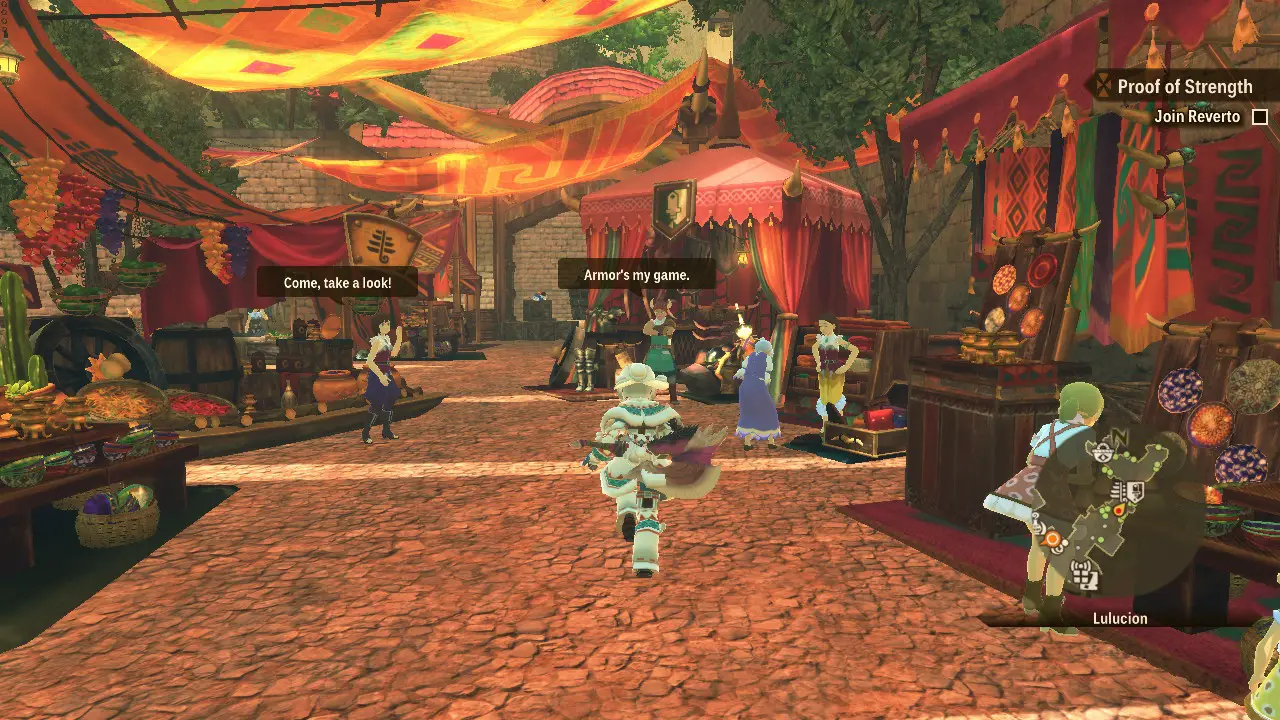
This sore spot is compounded by a lull in the story at the same time. Your silent protagonist actually has a small character arc early on in the game, which is neat even if it’s not executed in the best way. For whatever reason, immediately after this arc concludes, your Rider has the exact same arc… again, like it didn’t even happen the first time. Without spoiling anything, what happens the second time around would have been much more exciting without the more low key version of the story beats happening an hour prior. Granted, there are some differences and it feels like they were trying to go in a slightly different direction, but again in execution it just feels like the same thing twice.
This is also where your best bro from the first game gets a little grating. Navirou is a weird looking (it’s a long story) Felyne who claims to be a legendary hero. Just like the first game, he accompanies you on your journey, along with the Wyverian girl Ena, and narrates battles, tells you when the fast travel and save points called Catavan Stands are nearby, and is generally helpful. However, because your Rider is much more important to the story this time around, him serving as your character’s mouthpiece got really grating over the course of the game and I feel like they’ve passed the limits of storytelling with a silent protagonist. He’s a really likeable character, but sadly gets really annoying by telling your Rider how they feel at all times. Some dialogue options would have gone a long way in helping this part of the plot feel more natural.

Basically every character you meet along your journey is very charming and likeable. Your other constant companion Ena might not help out as much as Navirou, but she serves as the emotional core of the story and tells you a lot about her friendship with your grandfather. Every area you visit, you’ll also be joined by a Battle Buddy who will fight alongside you as the two of you solve the region’s problems. They’re also controlled by the AI and, just like your Monstie, can team up with you in double attacks. Some of these are returning characters from the first game, like the surfer dude hunter Reverto, while others are new like your Rider mentor Kayna. Heck, even the villains are at the very least enjoyable characters, like the hunter Kyle, who’s pursuing you, and his adorable Palico who I need a plushie of at this very moment, Tsukino. It’s pretty easy to see where the plot is going from the get go, but the story has a lot of heart that makes it fun to experience nonetheless.
After finishing the story, you’re free to explore the world and fight new high rank monsters to make even stronger equipment, recruit even stronger Monsties, and even make your already existing party even better. To even encounter these new monsters though, you have to enter special, red versions of the randomly generated dungeons within Monster Dens. Within these dens, you can explore and battle as you make your way to the nest at the end. Here, you can steal an egg (don’t think about it) which will hatch into a Monstie you can train and add to your party. You’ll want a variety of Monsties not just for battle, but also for exploration as every Monstie can have up to two traversal skills like jumping or swimming to help you reach new areas. The eggs in high rank don’t have any special advantages over those in the rest of the game, but you can use any Monsties you don’t want in the Rite of Channeling to pass genes, stat bonuses and special abilities, to a Monstie you’re using. The channeling Monstie will disappear after the Rite (again, don’t think about it), so you’ll want as many eggs as you can get your hands on.
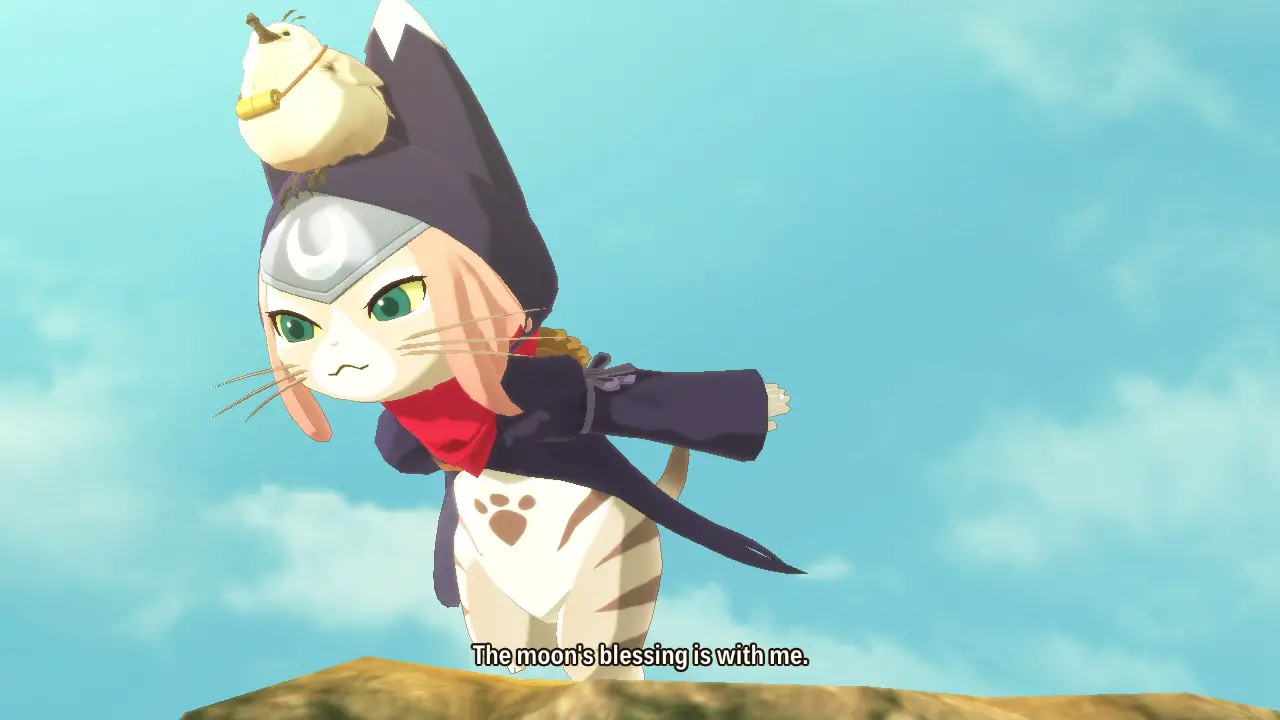
I’ve yet to fully dive into the endgame content, but it has the same addicting loop as the mainline series. While I wish there were a few story moments to just spend more time with some characters, there’s still a lot to do after you beat the game and new types of monsters to encounter and add to your Monsterpedia. I imagine multiplayer would be a big focus here, but since the game isn’t out yet I haven’t been able to try this feature out. From the quest board, you can supposedly battle other players or explore monster dens with them. However, you can rest assured that once people have the game in their hands I’ll definitely be around to play more.
The Switch version might not be the ideal way to play, however. While it looks great and has the same excellent if sparse soundtrack, performance ranges from bad to terrible. The frame rate is unlocked and can reach up to 60, but from my untreated eye tends to hover anywhere from the low teens to mid 40s. It genuinely made me sick a few times, so unless performance is heavily patched I’d say play on PC.
Monster Hunter Stories 2: Wings of Ruin
Great
Monster Hunter Stories 2: Wings of Ruin is a great and charming RPG with a similar, addicting gameplay loop as the main series. While the game drags a little in the middle, it’s worth seeing through to the end and beyond.
Pros
- Engaging, complex battle system
- Tons of Monsties to recruit
- Charming story and characters
- Great soundtrack
Cons
- Gets very tedious around the halfway point
- Silent protagonist limits the story
- Music is sparse outside of battle
- Horrendous frame rates
